As part of the North East Ladybird Spot, you’ve been observing a number of small, unusual and altogether inconspicuous ladybirds across the region
The UK is home to some forty-six species of ladybird but did you know that only twenty-six of these are easily recognisable as ladybirds? Familiar species such as the 7-Spot, Larch and Harlequin Ladybirds make up the bulk of those observed on a day-to-day basis but for keen ladybird spotters, there remains a whole other world out there to be discovered.
Of all Britain’s ladybirds, twenty of these are what are known as ‘inconspicuous ladybirds’. Often duller than their larger cousins and far, far smaller, these interesting little insects have been the subject of far less study and recording – perhaps the reason there are so few records of any of these ladybirds in the North East.
While the majority of your North East Ladybird Spot sightings have featured our region’s larger ladybirds, some of you are now starting to notice a number of inconspicuous ladybirds at new sites across the region. In this blog, we’ll introduce you to four of these you could encounter right now with a little patience. Magnifying glasses at the ready!
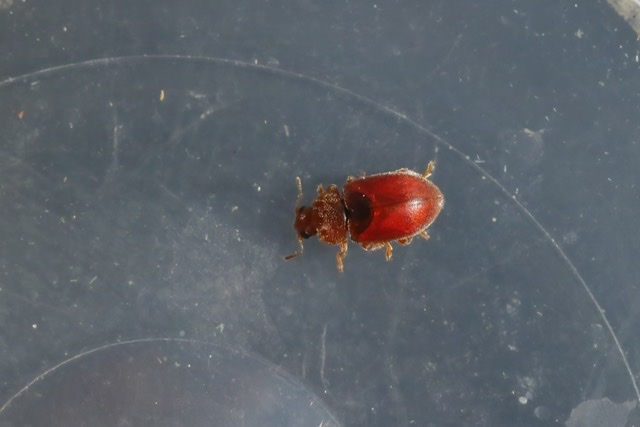
Red Marsh Ladybird (Coccidula rufa)
Measuring in at only 2.5-3mm, this small reddish-brown ladybird doesn’t have the spots of your typical ladybird. The best way to identify it is by colour, while its elongated body, hairiness and red head also help.
This is the most-recorded of the inconspicuous ladybird species, including in the North East, and can be found in a range of wet habitats, including riversides, marshes and ponds. Here, it is most easily found by sweep-netting vegetation or checking leaf sheaths in winter.
To date, we have only received eight records of this species as part of the North East Ladybird Spot.
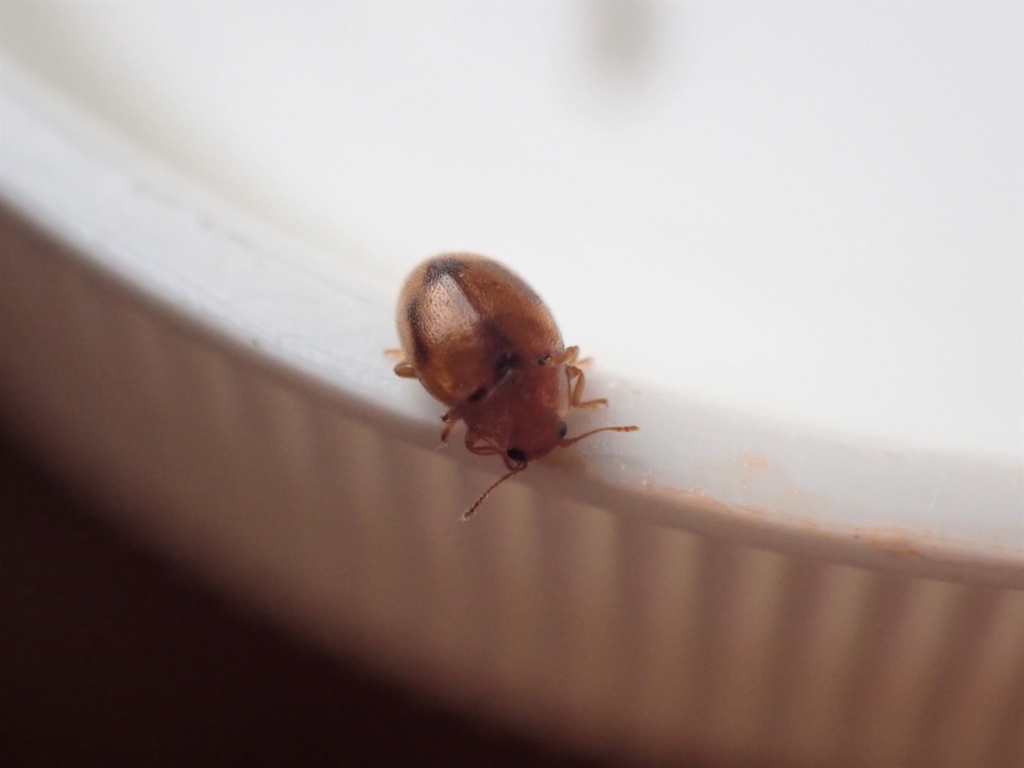
Pointed-keeled Rhyzobius (Rhyzobius litura)
A small, hairy ladybird often found in grassland habitats, this species is best looked for by sweep-netting or searching low-growing vegetation including grasses, thistles and nettles.
The colour of this ladybird varies between pale yellow and dark brown and it often sports a dark ‘u-shaped’ mark on the wing cases. Look closely and you’ll notice that this species is also hairy, and boasts long antennae for an insect of its size.
To date, only twelve sightings of this ladybird have been shared, from both Northumberland and County Durham. Doubtless, there are many more out there to be discovered.
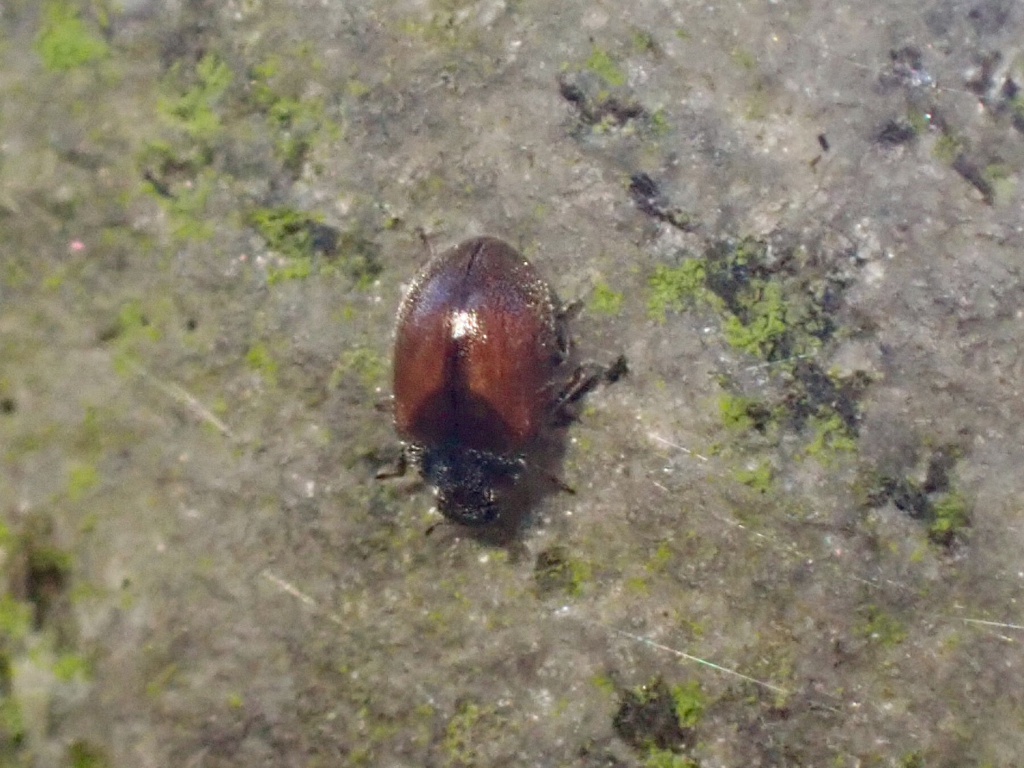
Pine Scymnus (Scymnus suturalis)
A specialist measuring in at only 1.5-2mm, this tiny ladybird is associated with needled conifers such as Scots Pine and Douglas Fir.
Best identified by its rich brown colour and the dark line running down the centre of its wing cases, it also has brown legs and a black head. It is most easily encountered by tapping conifers, or by examining bark.
Spotted for the first time as part of the North East Ladybird Spot in 2022, sightings of this species have come from a number of sites: Havannah Nature Reserve and Benton Cemetery in Newcastle, as well as Rothbury, Bedlington and Dipton Woods.
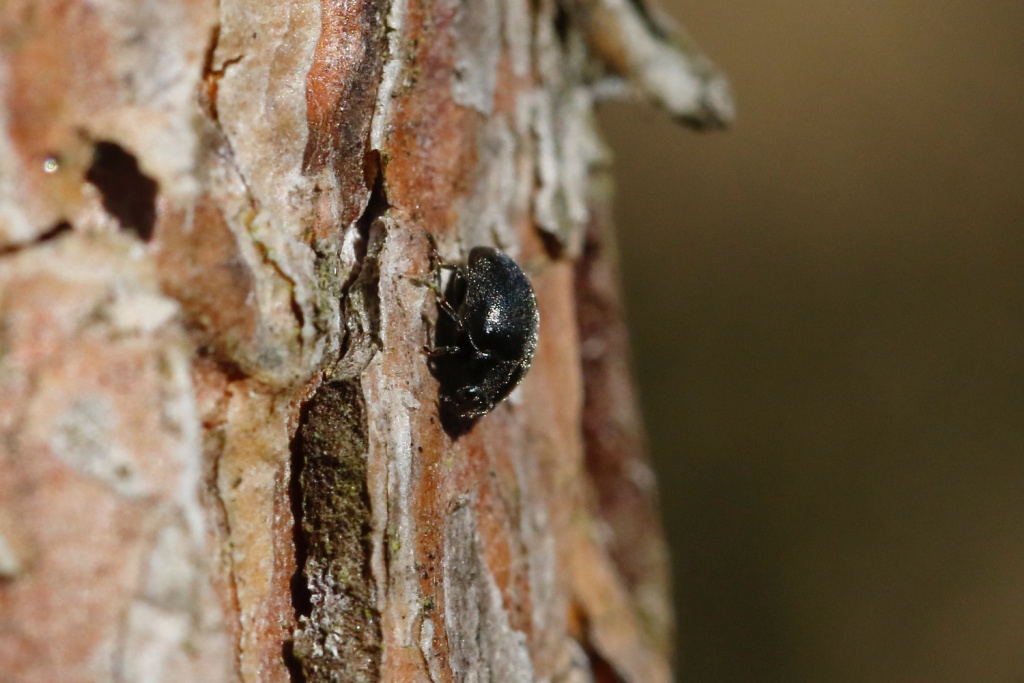
Black Scymnus (Scymnus nigrinus)
The only species of Scymnus that is entirely black, this is a rare or at least highly under-recorded species with only a handful of sightings. Most often, on young pine trees.
This ladybird has no spots, a black body, head and legs and only a small amount of brown on the tarsi – just above the feet.
This species was recently recorded by local naturalist, Chris Barlow, at Havannah Nature Reserve in Newcastle, marking only the second North East sighting of this cryptic species. Given its small size, it is easily overlooked and there must be more out there to be found.
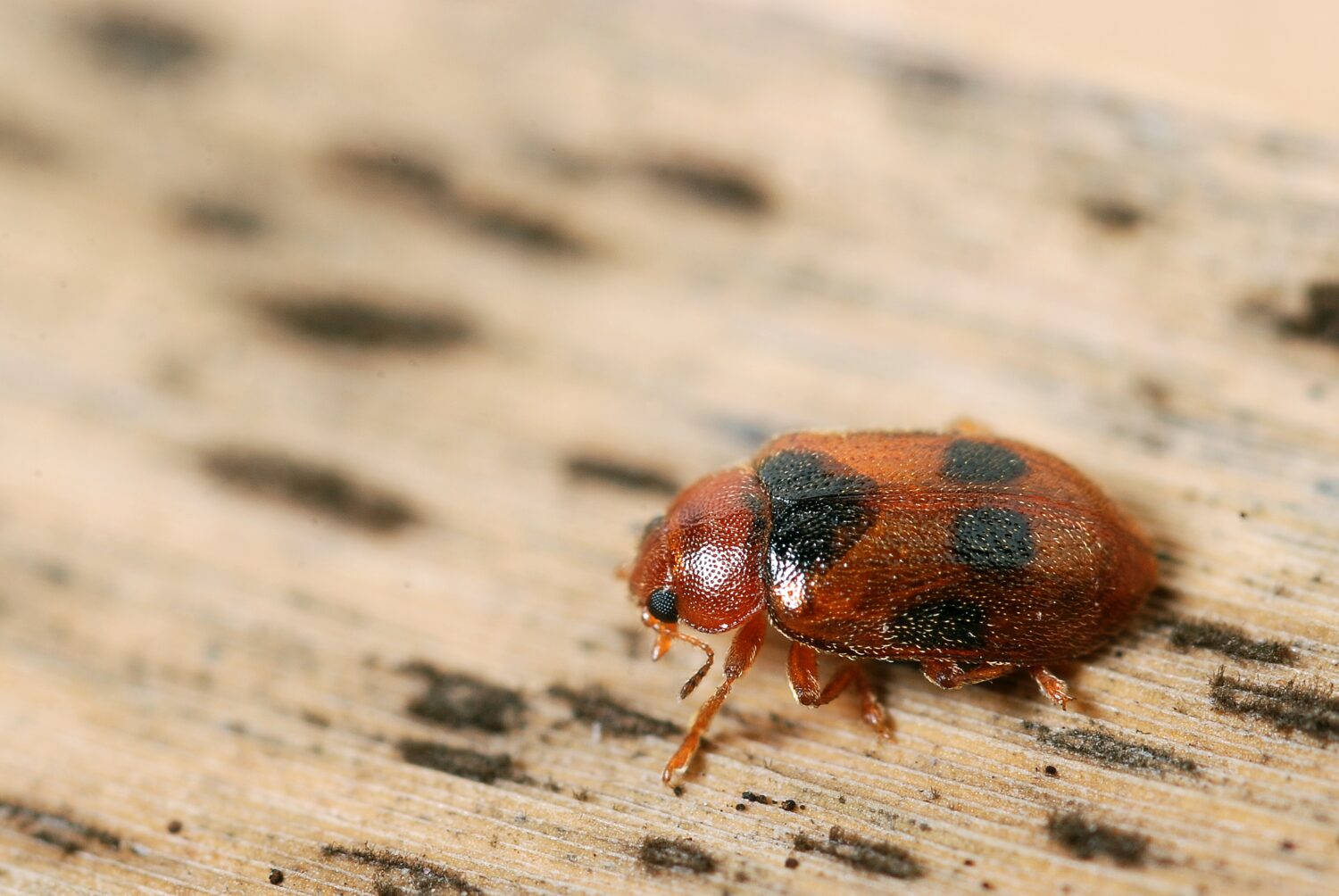
What else remains to be discovered?
Most inconspicuous ladybirds are terribly under-recorded and few species are regularly spotted in the North East.
Based on distribution maps from the UK Ladybird Survey, there are a number of species that citizen scientists could encounter in our region. Not least the attractive Spotted Marsh Ladybird (Coccidula scutellata) and wetland loving False-spotted Ladybird (Hyperaspis pseudopustulata)
Whether you spot an inconspicuous ladybird or something else, please join the North East Ladybird Spot today. Taking part is easy and everyone can help.